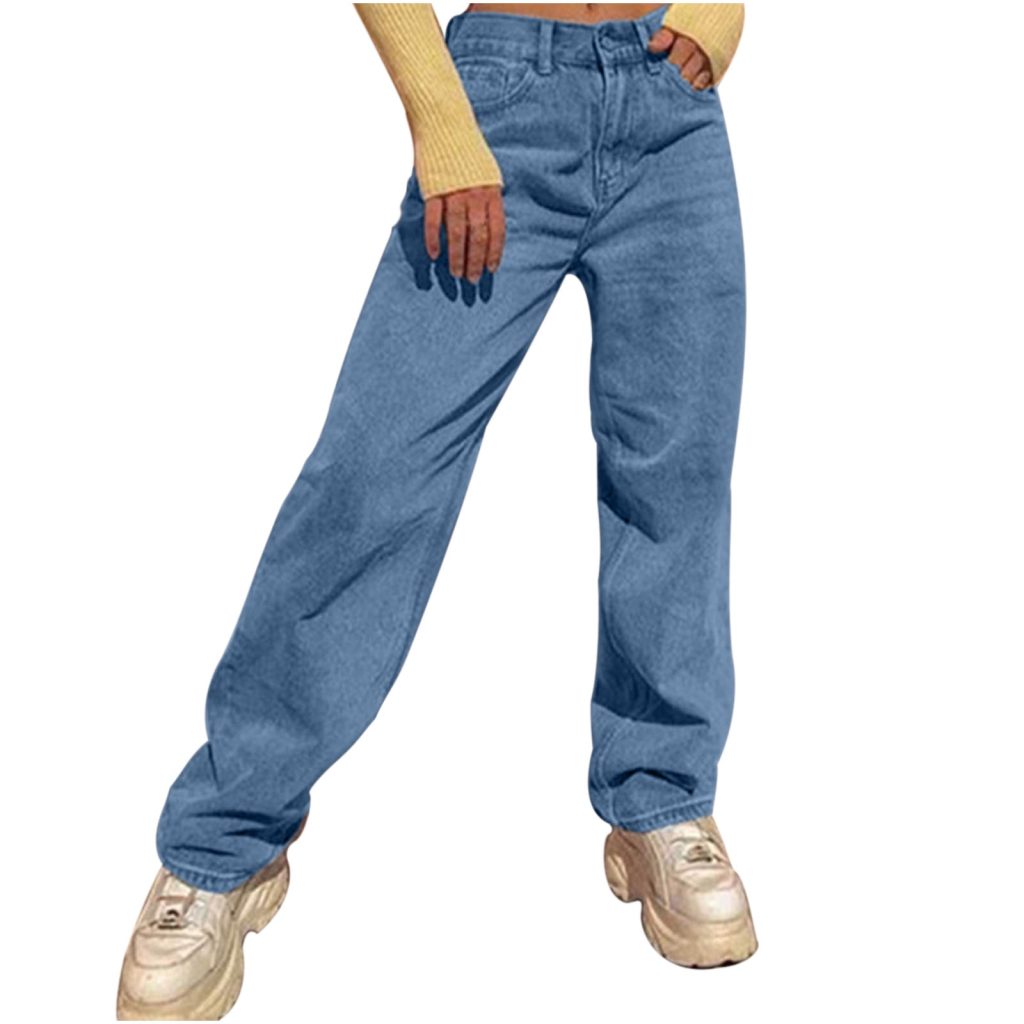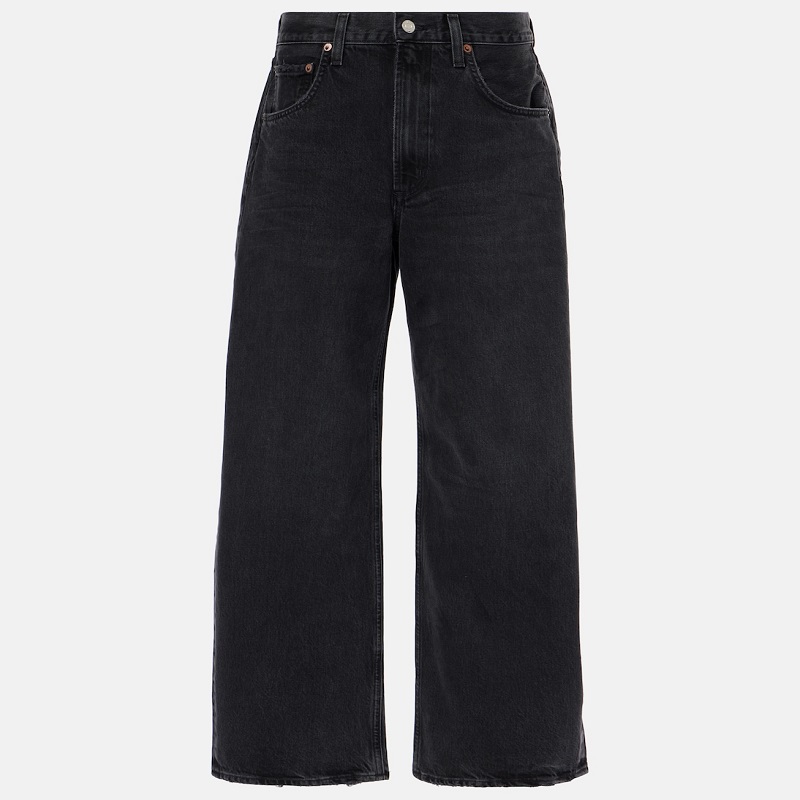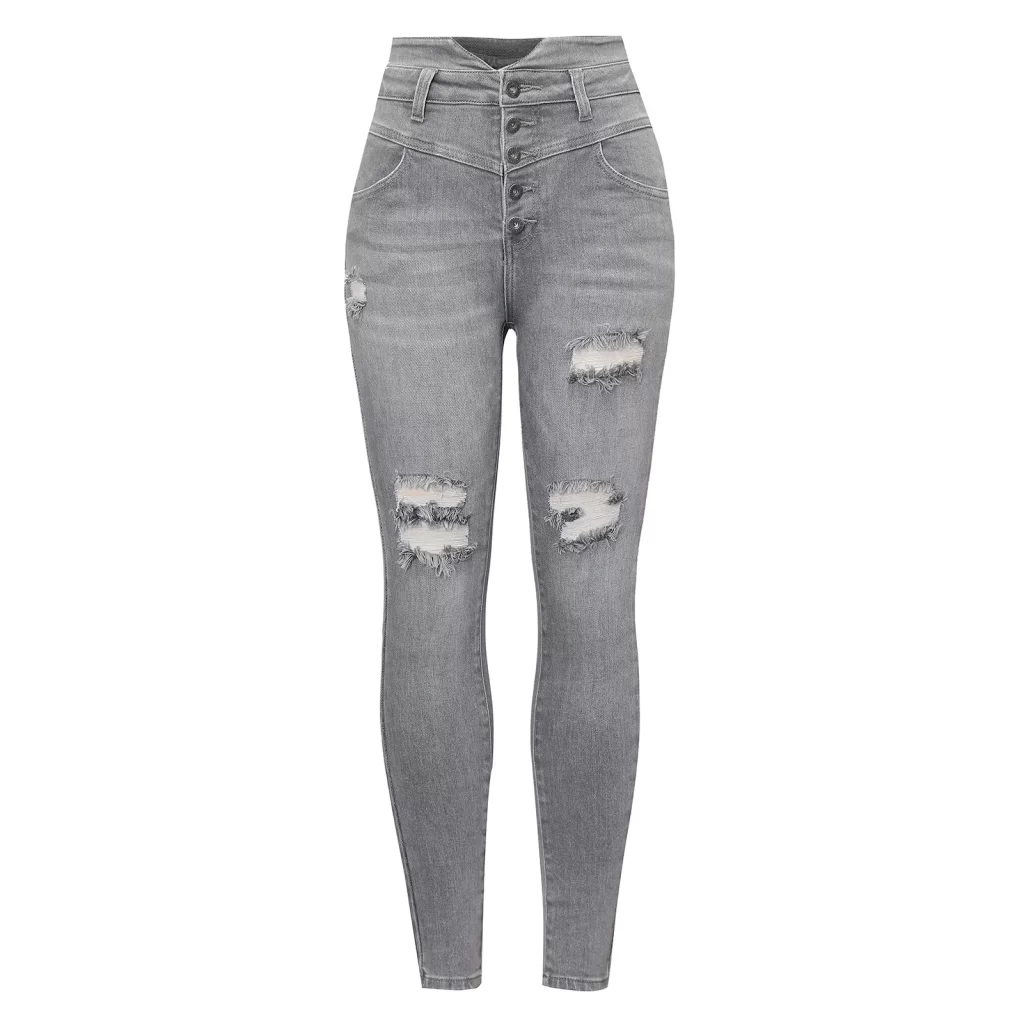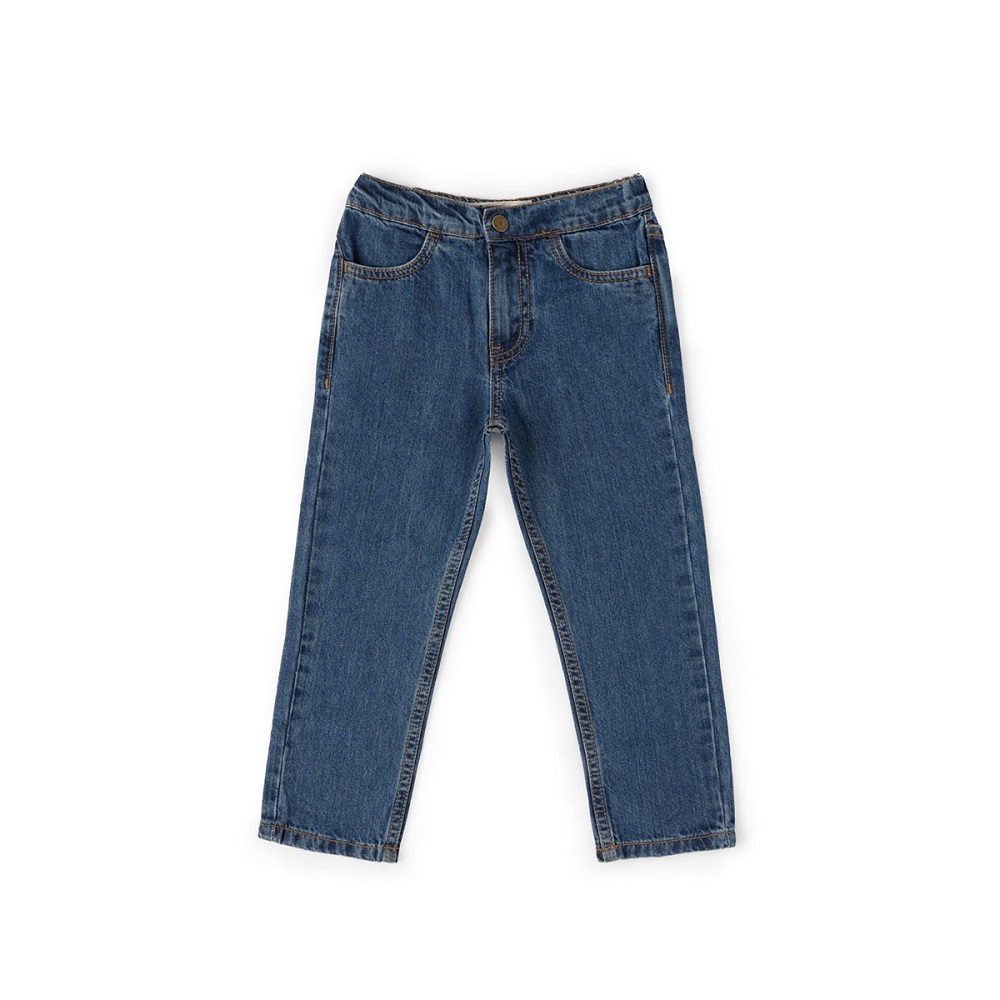Essential Pre-Tailoring Tips
How to tailor jeans? Before you alter your jeans, follow some key steps. This ensures the best outcome.

Choosing the Right Jeans for Alterations
How to tailor jeans? When looking for jeans to alter, it’s important to consider the fit. Look for jeans that fit well in the waist and hips, as these are areas that are more difficult to alter. Additionally, pay attention to the leg length and width – if the jeans are too long or too wide, alterations may not be able to fix them properly.
Pre-Wash Your Jeans Before Tailoring
Always wash your jeans before taking them for alterations. This removes shrinkage, leading to a better fit. Wash and dry them as you would normally, to stabilize the fabric. Precise alterations need jeans in their final form.
Hemming Techniques for the Perfect Length
Finding the right jeans length is vital for style and comfort. Getting the proper hem is key for a sharp look. Hemming can adjust for perfect shoe pairing and prevent fabric bunching or tripping hazards.
Understanding Hemming Options
Choose from several hemming styles according to your needs. The most common choices include lockstitch, chainstitch, and original hem. Lockstitch is simple and widely available. Chainstitch suits true denim enthusiasts and respects the fabric’s heritage. Original hem maintains the jean’s original look, especially for pre-faded styles.
Achieving the Ideal Length for Your Style
Bring your most-worn shoes to the tailor. They impact the desired jeans length. Aim for the hem to hit just where you like. It’s okay to ask for adjustments until it’s perfect. Remember, it’s better for hems to be a bit too long rather than too short. You can always trim excess, but adding fabric is tough.
Tapering Your Jeans for a Custom Fit
Achieving that tailored, snug fit can transform your jeans from baggy to stylish. Tapering is key. It slims the jeans’ legs to match your body’s shape. A custom fit enhances comfort and appearance.
How to Determine the Amount of Taper Needed
To start, wear your jeans and observe. The excess fabric around your thighs and calves? That’s your clue. Pinch and pin the excess or mark the sides to visualize the required taper. Aim for symmetry on both legs. It’s important to only taper below the crotch, for a natural look. Jeans must fit well at the hips and waist first.

Seamless Tapering from a Tailor’s Perspective
A skilled tailor will ensure a smooth transition. They taper from the inseam, preserving the original edges. Denim lovers, keep the selvedge intact by requesting an inseam taper. The outseam taper might ruin the jeans’ authentic strip. Expect higher costs for this precision work. A great tailor works wonders, making alterations invisible.
Adjusting the Waist for a Flawless Fit
A well-fitting waist on your jeans is crucial for comfort and style. Waist alterations can fix gaps or looseness, making the fit snug and comfortable. Choose alterations if your jeans fit perfectly in the legs and hips but not at the waist. Consider this option before resorting to belts or buying new jeans. It’s a straightforward fix with the right tailor and can give a custom-fit feel to any pair of jeans.
When to Opt for Waist Alteration
Go for waist alterations if your jeans keep slipping down, even with a belt. If there’s a gap at the back or the sides pinch your skin, it’s time to adjust. A good rule is to alter when jeans fit more than one size too loose at the waist. This ensures a better hold and more flattering silhouette.
Expert Techniques for Waist Adjustment
Find a tailor skilled in jean alterations. They should adjust the waist from the back to avoid shifting the pockets or sides. Ask if the tailor can work with the existing seams for a more natural look. Expect to pay a bit more for this custom work. A well-adjusted waist shouldn’t twist or create new gaps, maintaining the jeans’ original look and feel.
Fixing the Seat for Ultimate Comfort
Comfort is key when wearing jeans. A proper seat fit is crucial. It prevents sagging or pinching. The seat should contour to your body shape, allowing for movement and ease.
Identifying Issues with the Seat Fit
First, note any seat discomfort. Check for bagginess or excessive tightness. Look for wrinkles that suggest poor fit. If the fabric bunches up or restricts, it’s wrong. A perfect seat should provide a smooth, shaped appearance.
The Art of Seat Alteration
Seat alterations require skill. It’s less common but brings great rewards. A tailor can remove excess fabric. They can also reshape the seat to enhance comfort and fit. Remember, an expert tailor is key for this task. The goal is a seat that fits like it’s made for you.

Tailoring Tricks for Non-Average Body Types
Finding the right fit can be tricky for unique body shapes. Tailoring jeans can provide the ideal solution. For those with proportions that don’t match standard sizes, alterations are key. Here are some tricks for tailoring jeans to fit non-average body types.
Tackling Common Fit Issues
Varying body types present unique challenges. People with wide hips often find a gap at the waist. Those with muscular thighs may need roomier legs. Getting jeans over large calves is another common issue. Knowing these problems helps tailors adjust your jeans to fit you.
- Gap in the Waist: A pinch and dart technique can eliminate this.
- Tight Thighs: Tapering from the knee down creates comfort and style.
- Snug Calves: Widening the lower leg gives a better fit.
Creating Balance with Proportions in Tailoring
Tailoring should enhance your body’s strengths. A good fit brings a balanced look. It’s not just about reducing size; it’s about creating harmony.
- Hips: Don’t over-tighten the waist, as this can exaggerate hips.
- Length: Carefully crafted hemming can elongate the legs.
- Pocket Positioning: Repositioning can make a significant visual difference.
For unique body types, tailoring jeans means adjusting them to your personal contours. This offers comfort and a flattering look. Start with jeans that fit the largest part of your body. The rest can be tailored for a custom fit.
Final Touches and Post-Tailoring Care
After tailoring, it’s crucial to safeguard your jeans’ alterations. This ensures they last and remain in great shape. Here are steps to preserve your tailored jeans.
Ensuring Long-Lasting Alterations
First, understand what your jeans can handle post-tailoring. Avoid high heat while washing and drying, as it can cause shrinkage and stress the alterations. Wash your jeans in cold water and opt for air-drying when possible. When you do wash, turn jeans inside-out to protect the color and alterations.
Be gentle with your newly tailored jeans; rough treatment can undo the custom fitting. If you see any threads coming loose, take them to your tailor for quick repair to prevent further damage.
Regular inspections help catch issues early. Check the hems, waist, and seat after washing. Address problems before they worsen. Tell your tailor how you wear your jeans. This helps them reinforce areas prone to wearing out.

Maintaining Your Tailored Jeans
For maintenance, treat your jeans with care. Use a gentle detergent and consider spot cleaning for minor stains instead of full washes.
When ironing, use a lower heat setting. High heat can damage the fabric and alter the fit. If your jeans feel tight after alterations, wear them around the house to let them adapt to your body before going out.
Remember, good habits keep tailored jeans looking their best. Avoid overloading pockets which can stretch the fabric and alter the fit. Keep them in a cool, dry place, away from direct sunlight to prevent fading.
In summary
How to tailor jeans? Caring for your tailored jeans is about gentle cleaning, careful wearing, and prompt repairs. This attention to detail will keep your jeans fitting perfectly for years to come.










